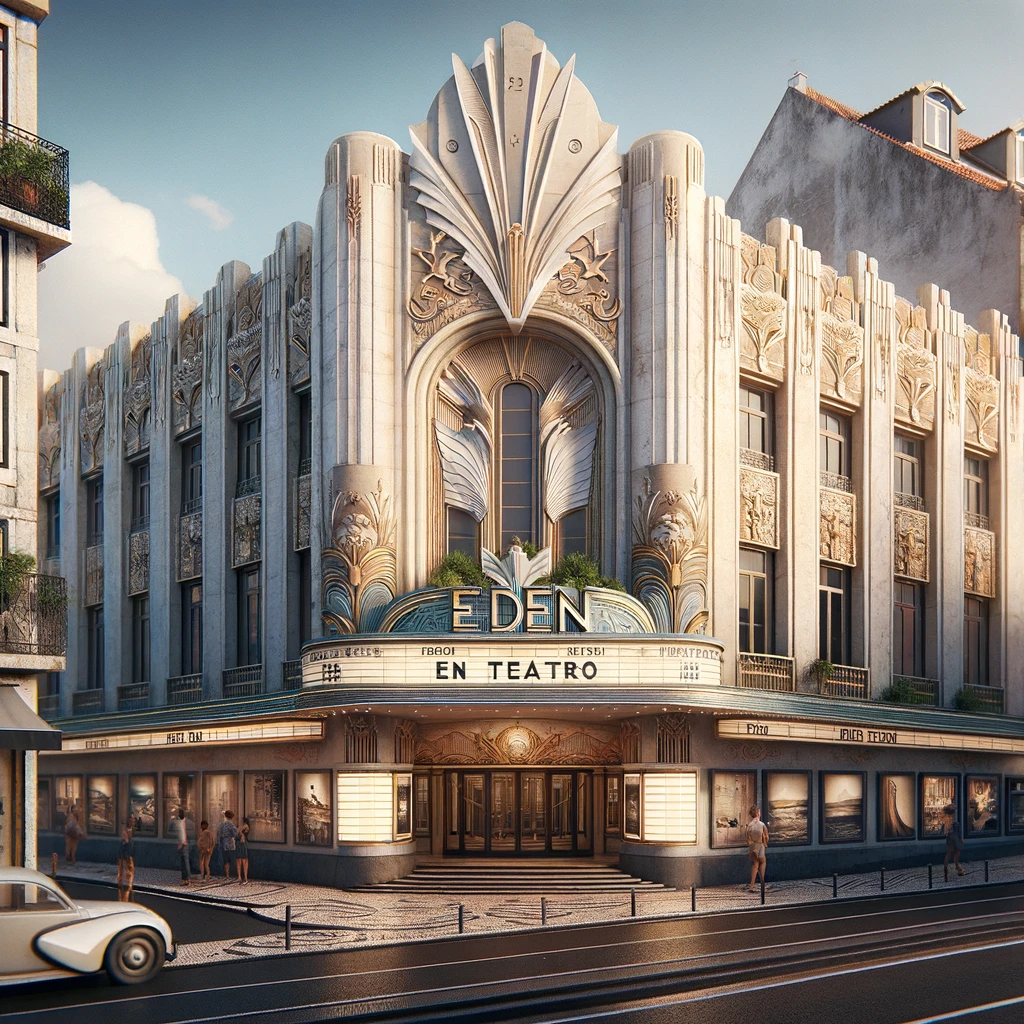
Iconic Art Deco Architecture Around the World
Art Deco, a visual arts design style that first appeared in France in the 1910s before flourishing internationally in the 1920s to 1940s, brought with it a wave of innovation and distinctive stylistic elements characterized by rich colors, bold geometry, and decadent detail work. This article explores some of the most iconic Art Deco buildings around the world, from the Chrysler Building in New York to the Palais de Chaillot in Paris, examining how these structures have stood the test of time and continue to dazzle with their timeless elegance.
Chrysler Building, New York, USA
Perhaps the most quintessential example of Art Deco architecture, the Chrysler Building in New York City, designed by architect William Van Alen, was completed in 1930. Known for its beautiful terraced crown, composed of seven radiating terraced arches, the Chrysler Building is a beacon of stainless steel over Manhattan. The building’s facade is adorned with ornaments made from automotive parts, paying homage to the automotive boom of the era, including hubcaps and fenders. This skyscraper is not just a display of Art Deco’s aesthetic features but also an example of the era’s engineering achievements.

Palais de Chaillot, Paris, France
Situated on the Chaillot hill facing the Eiffel Tower, the Palais de Chaillot is another testament to the Art Deco movement. Built for the 1937 World Fair, also known as the Exposition Internationale des Arts et Techniques dans la Vie Moderne, the building epitomizes French Art Deco with its expansive terraces, statues, and fountains. The palatial building houses several museums and is renowned for its theaters beneath its curved wings. The Trocadéro Gardens in front of the Palais offer some of the best views of the Eiffel Tower in Paris, making it a significant cultural and tourist site.

Bullocks Wilshire, Los Angeles, USA
In Los Angeles, the Bullocks Wilshire building, completed in 1929, is an outstanding example of Art Deco architecture that originally served as a luxury department store. Designed by architects John and Donald Parkinson, the building features a copper-topped tower, intricate terracotta detailing, and a series of iconic windows that embody the luxury and opulence of the Art Deco period. Today, it serves as a part of the Southwestern Law School campus, showcasing the adaptive reuse potential of Art Deco structures.

Hoover Building, London, UK
The Hoover Building on London’s Western Avenue is another striking example of an Art Deco landmark. Designed by Wallis, Gilbert, and Partners in 1933, this building was originally a factory for The Hoover Company and featured a stunning façade of vibrant colored tiles, bold geometric shapes, and a series of window grids that create a stunning visual impact. Its restoration and conversion into a supermarket in the late 1980s have preserved its historical and architectural significance.

Eden Teatro, Lisbon, Portugal
Not as globally recognized but equally significant, the Eden Teatro in Lisbon is a prime example of Art Deco in Portugal. Originally built in 1931 as a theater, it features a stunning marquee, an ornate, symmetrical façade, and interiors that once housed one of Lisbon’s most significant cinema halls. Today, it has been repurposed into a luxury hotel, retaining its decorative stucco work that showcases the maritime themes popular in Portuguese Art Deco.

Conclusion
These buildings not only exemplify Art Deco architecture but also demonstrate how the style has been preserved and adapted over decades. They continue to be celebrated not only for their artistic and architectural merit but also for their historical significance, capturing the spirit of an age marked by optimism and progress. As we explore these iconic structures, we see how they have adapted to modern needs while retaining their distinctive style, thus standing the test of time. Whether as functioning buildings or as historical sites, they remain a testament to the enduring appeal of Art Deco architecture.
Each building, with its unique flair and historical context, contributes to the global tapestry of Art Deco, making it one of the most beloved styles of the 20th century. As more enthusiasts and scholars explore these architectural marvels, the legacy of Art Deco continues to inspire admiration and preservation efforts worldwide.
